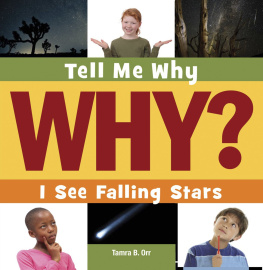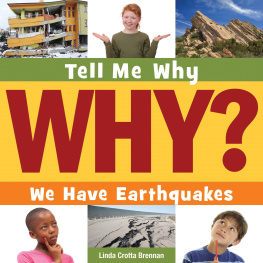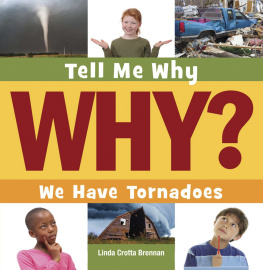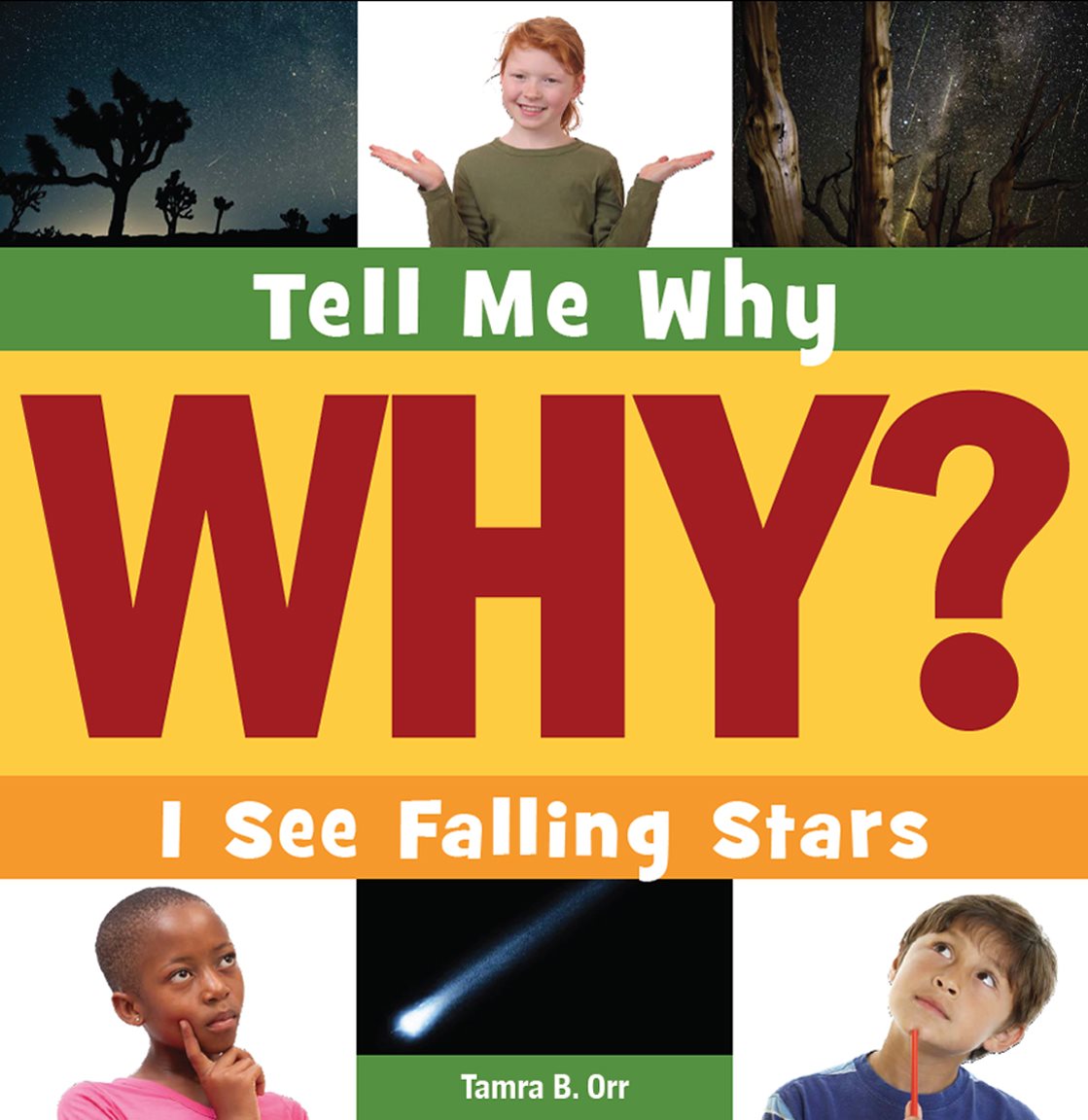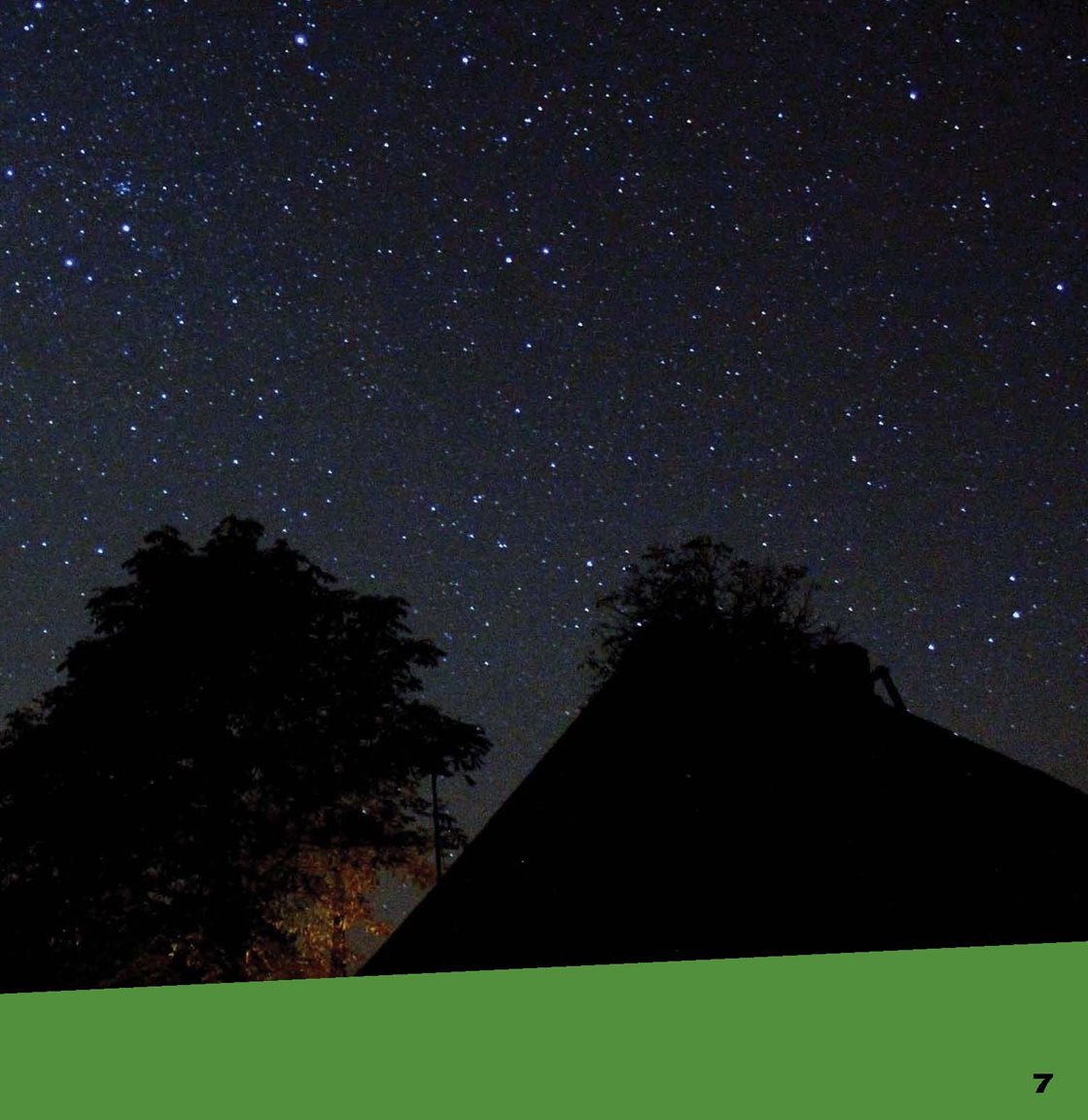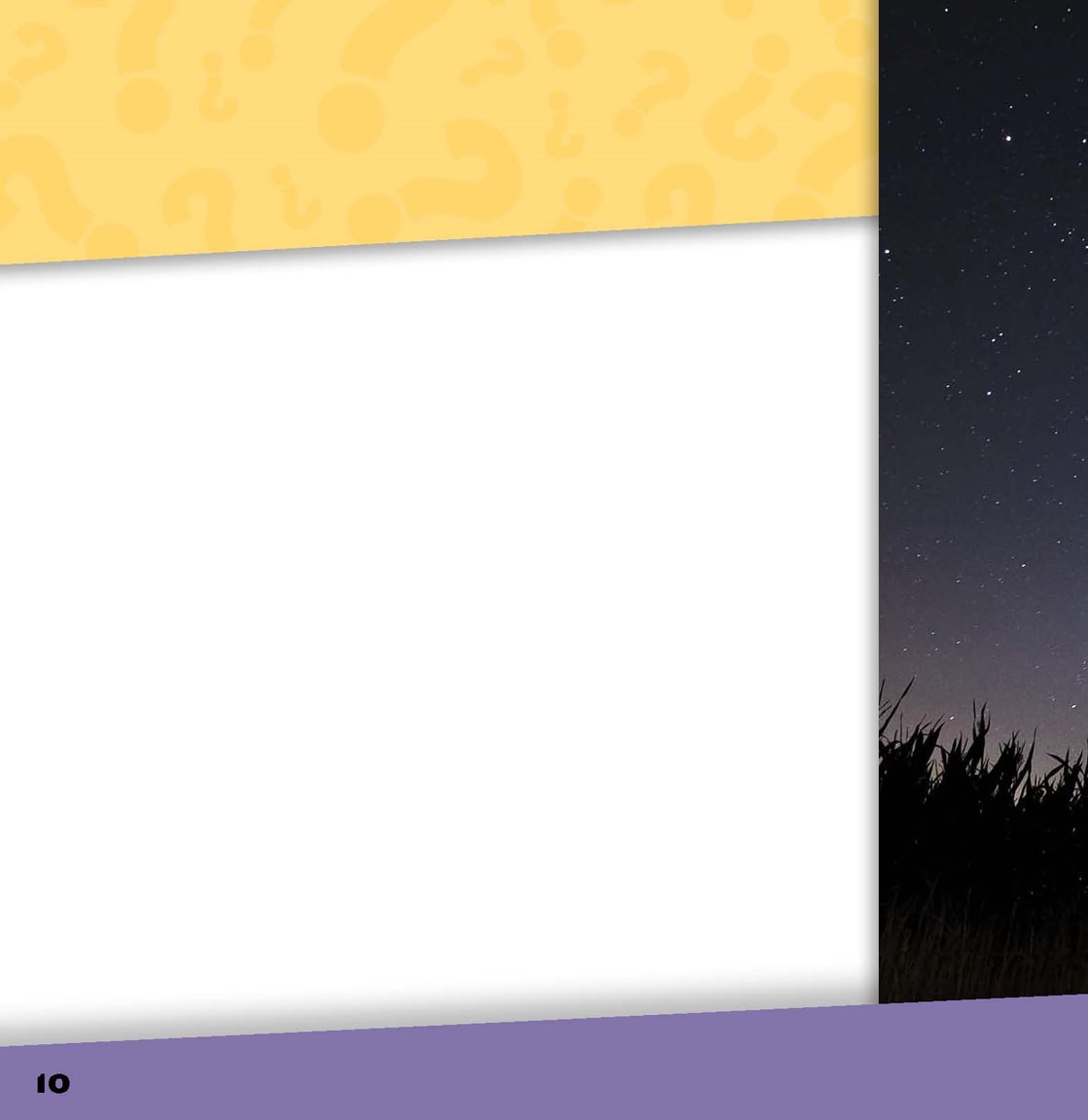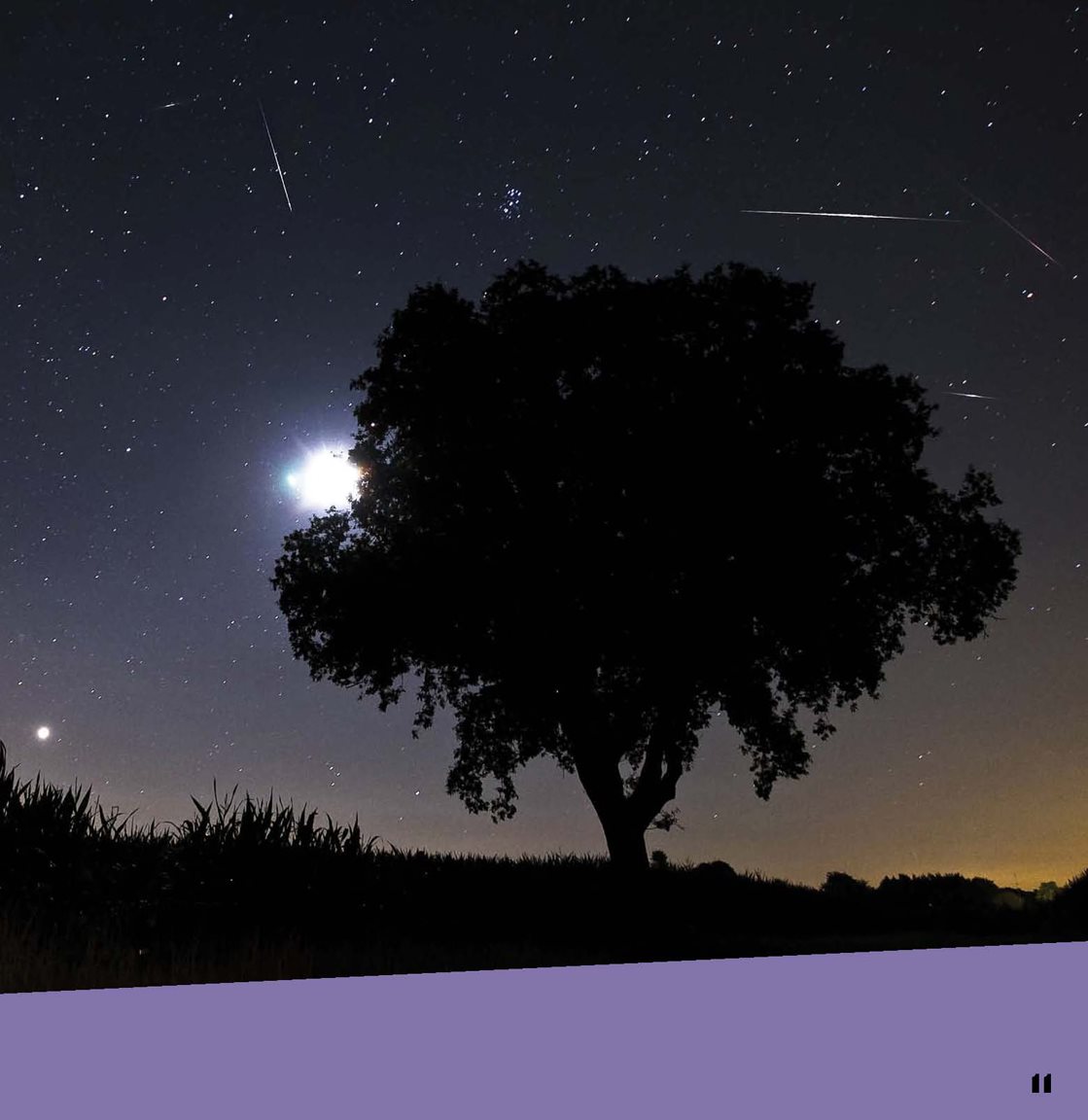Guide
Published in the United States of America by Cherry Lake Publishing
Ann Arbor, Michigan
www.cherrylakepublishing.com
Content Adviser: Matthew Linke, Planetarium Director, State Chair, Great Lakes Planetarium
Association (GLPA), University of Michigan Museum of Natural History Planetarium
Reading Adviser: Marla Conn, ReadAbility, Inc.
Photo Credits: Pete Pahham/Shutterstock Images, cover, 1, 13; Dalton Dingelstad/
Shutterstock Images, cover, 1, 17; Digital Media Pro/Shutterstock Images, cover, 1, 19;
kesterhu/Shutterstock Images, cover, 1; lovemushroom/Shutterstock Images, cover, 1, 21;
Triff/Shutterstock Images, cover, 1; SAYAM TRIRATTANAPAIBOON/Shutterstock Images, 5;
Aivara Ciurlionis/www.Flickr.com/CC BY-SA 2.0, 7: Monkey Business Images/Shutterstock
Images, 9; Dennis van de Water/Shutterstock Images, 11; Sementer/Shutterstock Images, 13:
ChinellatoPhoto/Shutterstock Images, 15; Action Sports Photography/Shutterstock Images, 17;
Pyty/Shutterstock Images, 19
Copyright 2015 by Cherry Lake Publishing
All rights reserved. No part of this book may be reproduced or utilized in any form or by any
means without written permission from the publisher.
Library of Congress Cataloging-in-Publication Data
Orr, Tamra, author.
I see falling stars / Tamra B. Orr.
pages cm. -- (Tell me why)
Summary: Young children are naturally curious about the world around
them. I See Falling Stars offers answers to their most compelling questions
about meteors. Age-appropriate explanations and appealing photos encourage
readers to continue their quest for knowledge. Additional text features and
search tools, including a glossary and an index, help students locate
information and learn new words.Provided by publisher.
Audience: Ages 6-10.
Audience: K to grade 3.
Includes bibliographical references and index.
ISBN 978-1-63188-996-7 (hardcover) -- ISBN 978-1-63362-035-3 (pbk.) -
ISBN 978-1-63362-074-2 (pdf) -- ISBN 978-1-63362-113-8 (ebook)
1. Meteors--Juvenile literature. 2. Meteorites--Juvenile literature. 3.
Childrens questions and answers. I. Title.
QB741.5.O77 2015 523.51--dc23
ISBN-13: 978-1-68444-461-8 (e-book)
2014031834
Cherry Lake Publishing would like to acknowledge the work of The Partnership for 21st Century
Skills. Please visit www.p21.org for more information.
Printed in the United States of America
Corporate Graphics
Synchred Read-Along Version by:
Triangle Interactive LLC
PO Box 573
Prior Lake, MN 55372
Table of Contents
Make a Wish!
Allison wheeled her bike into the garage.
As she headed toward the house, she looked
up and gasped. Right above her, streaking
across the sky, was a falling star! She quickly
closed her eyes and made a wish. Then she
ran inside to tell everyone.
Nighttime is the best time to see bright lights in the sky.
Hey! she yelled. Guess what I just
saw outside?
A raccoon up in the tree? asked her
younger brother, Walsh.
No! said Allison. I saw a falling star!
It was right over my head. And yes,
Walsh, she said before he could ask. I
made a wish.
What we think of as falling stars arent actually stars at all.
Why do stars fall in the first place,
Dad? Allison asked.
And where do they go? Walsh
continued. And are they really on fire?
And how often does it happen? His
questions would have kept coming, but
Dad put up his hand to stop him.
Those are great questions. Lets take
them one at a time.
Asking questions is a good way to learn, especially
about the night sky.
Rocks on Fire
The Weber family gathered around the
kitchen table. Dad began answering all
of their questions.
The first question you asked was why
stars fall in the first place, he said. Right,
Ali? She nodded. My answer is that,
despite their name, falling stars are not
stars at all.
Falling stars are really pieces of rock,
dust, or metal. They are usually made of
interplanetary dust no bigger than a grain
of sand or a tiny pebble. Occasionally,
there are much bigger ones.
The bright streaks of light in the sky are not actually stars.
All of this outer-space debris races
through the solar system at high speeds.
Occasionally, some of this debris comes
into contact with the atmosphere around
Earth. The debris is moving so fast that it
creates friction and begins to burn. This is
when the debris becomes a meteor .
So the flash of light you saw was a
meteor, concluded Dad.
MAKE A GUESS!
Millions of
meteors come
into Earths
atmosphere
every day. Why
do people only
report seeing
them at night?
As dust from space begins to burn, it can appear as
a bright flash in the sky.
Falling to Earth
The Weber family went outside again
to look at the night sky. Walsh spotted and
pointed to a bright streak moving across
the sky.
Where does the meteor go? he asked.
Does it hit the earth?

